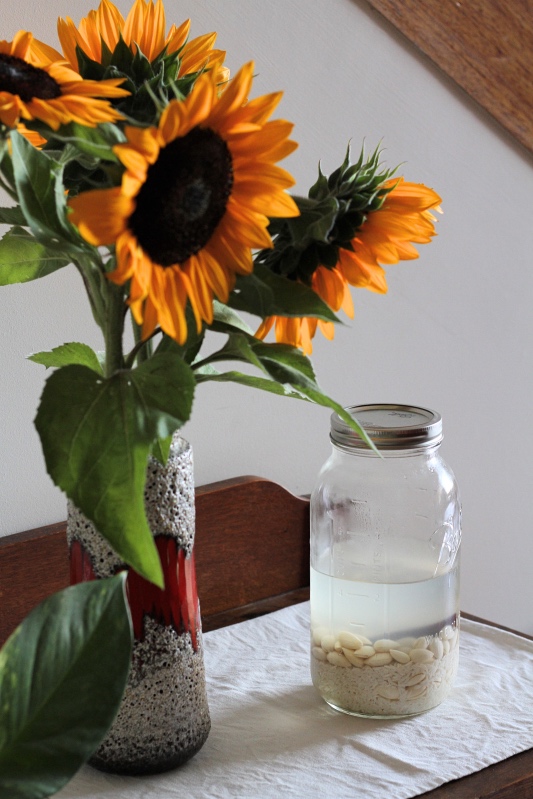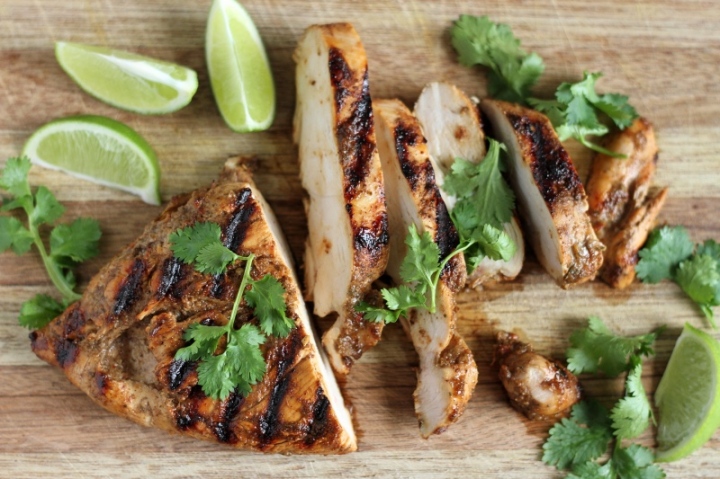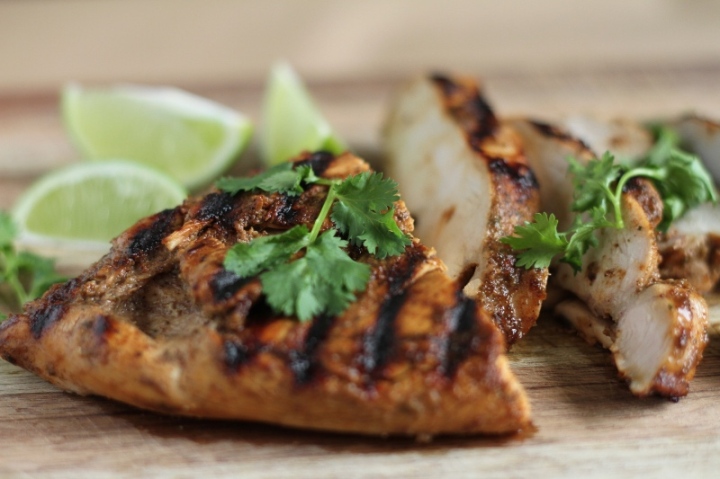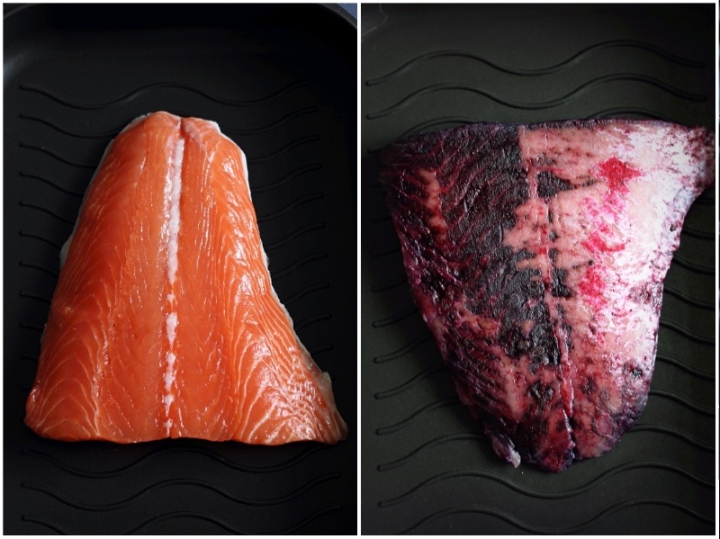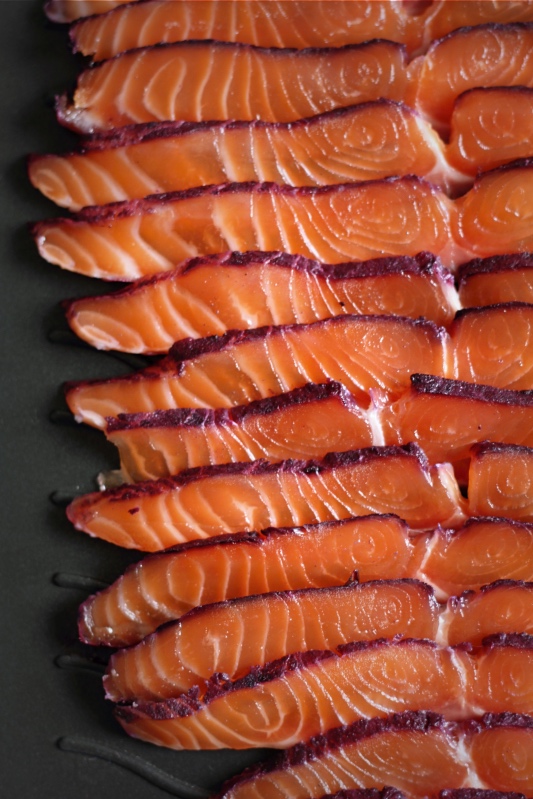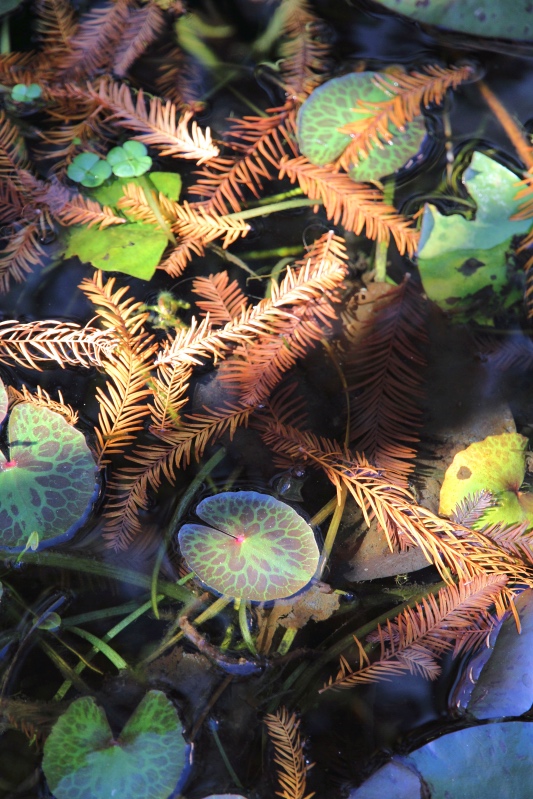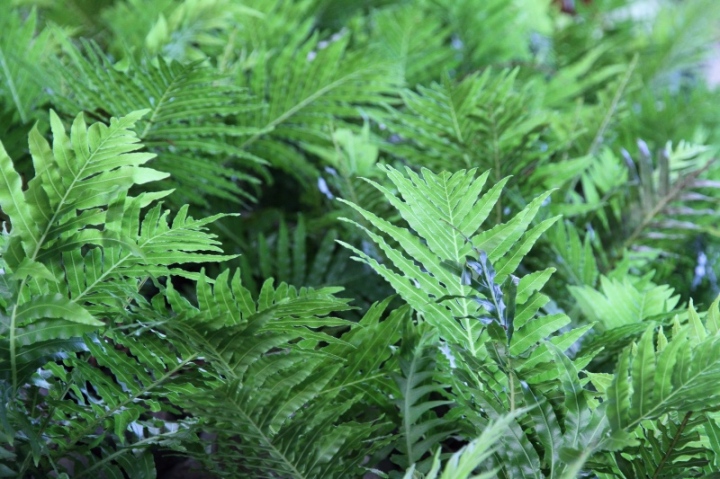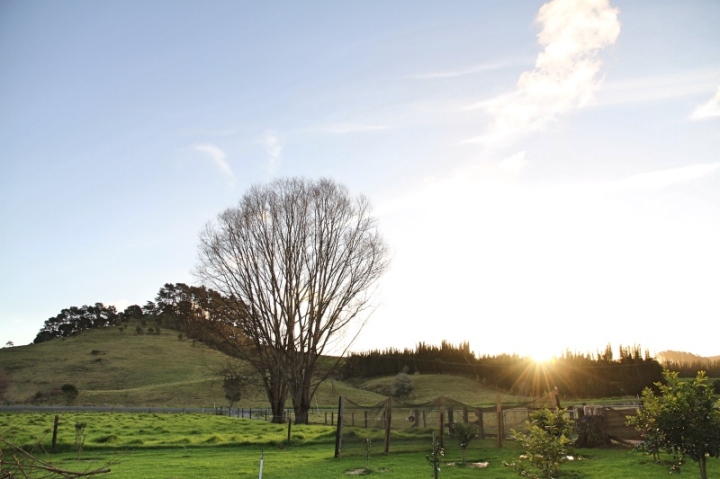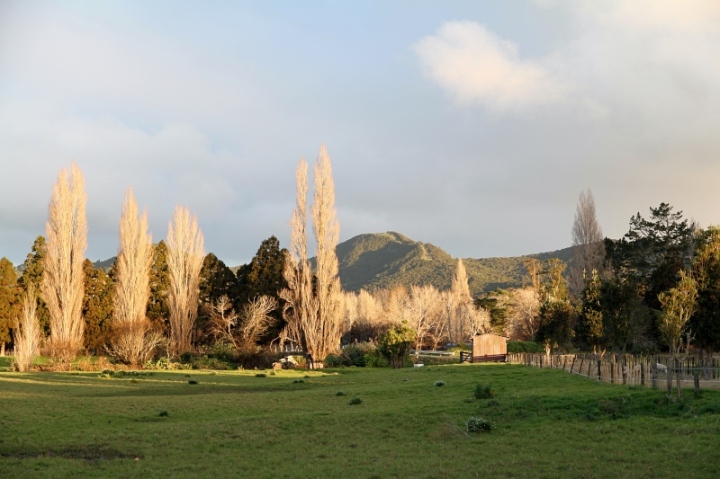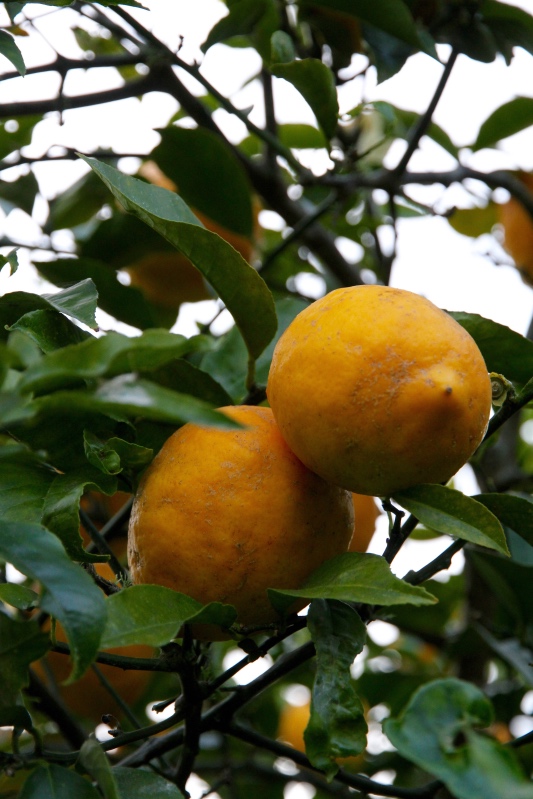What a confusing February it has been! Early in the month we were hit by a week of steady rain and unseasonably chilly temperatures that had me happily making lasagne, throwing on scarves, and turning off the ceiling fan at night. I loved it (of course) but knew that it couldn’t last. Sure enough, this “cold snap” was predictably followed by two weeks of heat and increasingly suffocating humidity. We had plenty of storm action during this time, but nothing like the summer downpours that normally bring some relief. There has been much blasting of the air conditioner, many wet towels lain over inert bodies and a whooooole lot of complaining going on. The only things worth living for right now are icy-cold gin and tonics, a new range of homemade fruit shrubs (my flavours this year are raspberry & mint, white peach & ginger, and muscat grape), and a divine new discovery called horchata.
Horchata is a creamy iced beverage common to Spain, but also found in Mexico and other Central American countries. The core ingredients differ by location, with a variety of nuts, grains and seeds used, although chufas (tigernuts) appear to be traditional. The recipe I’ve used here hails from Mexico and uses a base of white rice and almonds that are soaked overnight with a cinnamon stick, then blended and strained to form a lusciously creamy milk. A touch of honey and rosewater add sweetness and fragrance and the result is a gorgeous drink that reputedly has cooling properties. I can’t say that I noticed any dramatic cooling sensation but I do know that it was lovely to sip and savour and forget about the sweat and damp for a moment. Look at me; I can barely even write a decent blog post! Bring on the cold, clear skies of winter. Until then, Cinnamon Rose Horchata.
Cinnamon Rose Horchata
1 cup almonds (with skins or without)
3/4 cup white rice (any sort will do; I used basmati)
1 cinnamon stick
1/2 tsp ground cinnamon
2 Tbsp honey
1/2-1 tsp rosewater, to taste
Place the almonds, rice and cinnamon stick in a large jar. Fill the kettle/jug with filtered water, bring it to the boil and then let it stand for 10 minutes. Measure three cups of hot water and pour over the rice and almonds. Screw the lid on the jar and allow the contents to cool to room temperature. Store in the refrigerator to soak overnight or until ready to make the horchata (up to two days).
Pour the soaked almonds, rice and cinnamon stick into a colander or sieve and rinse under cold water. Transfer to a blender (cinnamon stick as well), add 3 cups cold filtered water and blend on medium high until smooth. Line a colander or sieve with cheesecloth and set over a large bowl. Pour half of the blended almond and rice mixture into the cheesecloth, gather up the corners of the cloth and gently but firmly squeeze to extract all the liquid. Place the pulp in a separate bowl, then extract the rest of the almond and rice milk. Discard the pulp (or do as I do and stash in the freezer, breaking off pieces to use as a gentle body/face exfoliator).
Transfer the strained milk to a blender, add the ground cinnamon, honey and rose water and blend for a few seconds, until well mixed and a little frothy. Add more or less honey and rosewater to taste. Serve over ice with a sprinkle of cinnamon and some rose petals.

